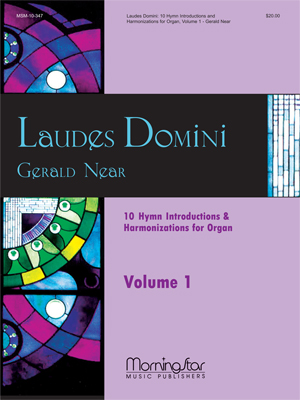- |
User Links
I Come with Joy
Hymn Information
- First Line
- I come with joy, a child of God
- Author
- Brian Wren (1970)
- Tune Name
- LAND OF REST
- Harmonizer
- Annabel Morris Buchanan, 1889-1983 (1938)
- Tune Source
- American folk melody
- Topic
- Discipleship · Joy · Unity and Fellowship · Unity of the Church · Elements of Worship: Opening of Worship: Called And Gathered · Elements of Worship: Lord's Supper
Copyright Information
- Text Copyright
- © 1971, rev. 1995 Hope Publishing Company
- Tune Copyright
- Public Domain
- Reprint/Projection Information
- Words: Permitted with a license from CCLI.com or from OneLicense.net. If you do not own one of these licenses, please contact the copyright holder for permission.
- Music: The Music is in the Public Domain; you do not need permission to project or reprint the Music.
Full Text
Scripture References
Further Reflections on Scripture References
Wren has carefully worked out the progression from "I" to "we." This text contains themes of remembrance (st. 1), of sharing the bread and wine in communion with the saints (st. 2-3) and with Christ in his presence (st. 4), and of Christian service (st. 5), but the prevailing tone is one of joy and praise.
Bert Polman, Psalter Hymnal Handbook
Confessions and Statements of Faith References
Further Reflections on Confessions and Statements of Faith References
We celebrate with joy that Christ has come to rescue us from sin and evil through the work of his son, Jesus Christ. Our World Belongs to God, paragraph 35 identifies the church as “the fellowship of those who confess Jesus as Lord…the bride of Christ…”
Belgic Confession, Article 21 professes how Jesus Christ is a high priest forever and provided for the cleansing of our sins; Article 10 proclaims him as the “true eternal God, the Almighty, whom we invoke, worship and serve.” Heidelberg Catechism, Lord’s Day 1, Question and Answer 2 calls us to “live and die in the joy of this comfort” and “to thank God for such deliverance.”
Stanza 3 clearly imagines us at the Lord’s Table, a new community of love where divisions end and strangers become friends. Heidelberg Catechism, Lord’s Day 28, Questions and Answers 76 and 77 also reflects this greater health for the church by seeing us “united more and more to Christ’s blessed body” and “because there is one bread, we who are many are one body.”


 My Starred Hymns
My Starred Hymns






